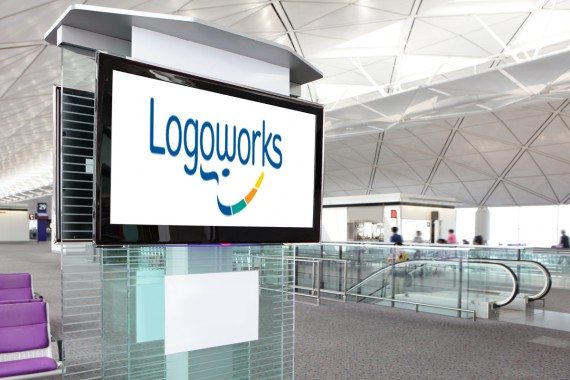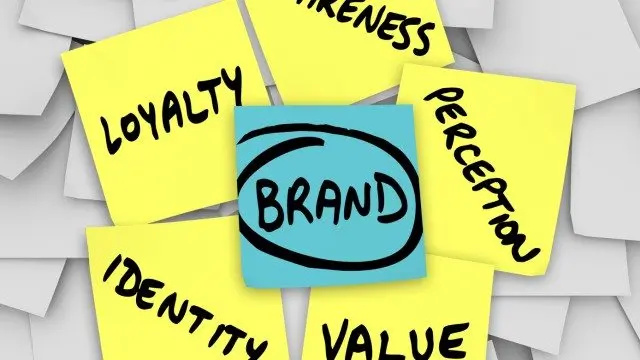A picture may speak a thousand words, but a great logo tells a million stories.
When Andy Warhol painted the Campbell’s soup can, he ensured that logos transcended the realm of commerce to become the stuff of art and the mainstays of culture. The logos for Coca-Cola, Nike, Adidas and BMW are instantly recognizable from Manhattan to Mumbai, making them the closest thing we have to a universal visual language.
Businesses, of course, can benefit greatly from iconic logos. An iconic logo can increase sales, improve brand recall, and become a symbol for the brand’s values.
Which brings us to the next obvious question: What makes a logo truly iconic?
Broadly, speaking, all iconic logos have the following four characteristics:
1. Iconic Logos are Timeless
There is something reassuring about a logo that stays the same, regardless of what’s happening in the world.
Take Coca-Cola for example. The stylish squiggles of the Coca-Cola logo have stayed the same throughout its 125 year history. There have been wars, revolutions and sweeping technological changes in this period, but the Coca-Cola logo has remained the same, telling customers that at least something in the world has permanence.
It is not unusual for customers to develop a strong bond with their favorite products. Changing design elements can often evoke a strong reaction, as Tropicana found out in 2009. After changing its iconic, old-school logo and package design in February 2009 to a sleek and modern look, the company witnessed a 20% decline in sales. Angry customer complaints soon caused the company to revert to the original design.
Lesson learned: sometimes, staying the same is the best change you could hope for.
2. Iconic Logos Embody the Company’s Values
No one can deny that the Apple logo – a half-bitten apple – is among the most recognizable symbols in the modern world. The logo embodies everything Apple has come to stand for: sleek minimalism, but not without an element of glitzy exuberance. The silver-chrome apple with a glossy finish borrows its design from the chrome-gray color scheme Apple is fond of using in its products. As such, the logo becomes a seamless part of the design, standing out while still blending in. In contrast, the multi-colored Apple logo of 1984 would look sorely out of place on modern Apple devices.
The same can be said for virtually every iconic logo. IBM’s logo is clear and business-like – the perfect embodiment of the company’s no-nonsense approach. On the other hand, the rush of colors in Google’s spartan logo belies the company’s fun, high-tech nature.
3. Iconic Logos are Simple
What’s common between Nike’s ‘Swoosh’ and McDonald’s golden arches?
Simplicity, of course. Any child with a pen can draw the Nike and McDonald’s logos from memory. Their simplicity makes them easy to reproduce and easy to remember, both of which are crucial to brand recall. Regardless of your brand values, you should always strive to create logos with simple, clean lines that even a child can reproduce.
4. Iconic Logos are Versatile
A logo might be printed on black & white newspapers, on billboards and magazine covers, on the web and on the back of trucks, on cups and coasters, and so on. Versatility is an important quality of all iconic logo designs, which are often reproduced on any number of different mediums. If your logo is unrecognizable in black & white, it won’t do much good on newspaper pages. If it is too complicated, it might be difficult to paint or print it on the back of trucks. If it is too large, it might take up too much space on web pages. Whenever you want a new logo, make sure that it will look good and be recognizable, no matter the medium.




